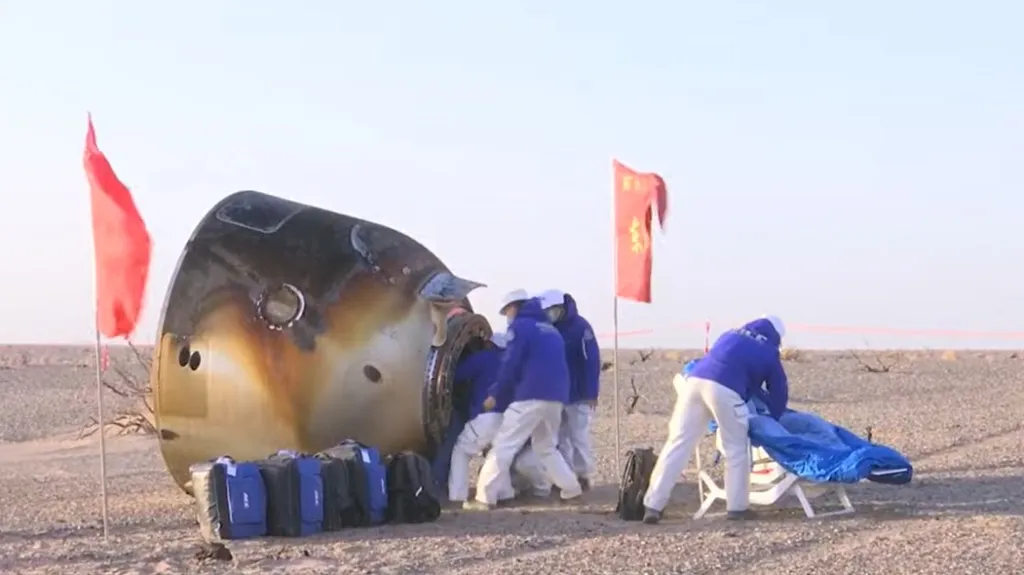Researchers at the University of Tokyo have made a significant breakthrough in understanding how certain animals, specifically tadpoles, regenerate their tails. They identified a protein known as c1qtnf3, which is secreted by muscle stem cells and influences macrophages—immune cells that can also aid in tissue regeneration. This discovery not only sheds light on the regenerative abilities of the African clawed frog, Xenopus laevis, but also opens avenues for potential applications in mammalian regeneration. The findings were published on November 17, 2025, in the Proceedings of the National Academy of Sciences.
Tadpole regeneration is a remarkable biological process, allowing these creatures to regrow fully functional tails, complete with spinal cord and muscle structures. Researchers have long sought to understand the early stages of this regeneration, which involves the activation of stem cells. Taro Fukazawa, one of the leading researchers, noted, “We have previously established a method for efficiently enriching tissue stem cells. Building on this technique, we planned to clarify the behavior of tissue stem cells during tail regeneration.”
To investigate this process, the research team employed single-cell RNA sequencing, a technique that allows scientists to analyze gene expression at the individual cell level. This method enabled them to identify various cell types, leading them to focus on putative muscle stem cells. Their analysis revealed that these muscle stem cells expressed c1qtnf3 more prominently than other cell types.
In an effort to understand the role of this gene in tail regeneration, the researchers performed “knockdown” experiments to inhibit the function of c1qtnf3. “The knockdown of c1qtnf3 resulted in impaired tail regeneration,” stated Sumika Kato, emphasizing the gene’s essential role in the regeneration process. The experiments also showed a reduction in macrophage numbers at the tail stump in the knocked-down tadpoles, indicating a potential impairment in macrophage function.
The findings led to the hypothesis that macrophages play a critical role in tail regeneration, facilitated by the activity of muscle stem cells through c1qtnf3. To further explore this connection, the researchers activated macrophages using another gene, known as neutrophil cytosolic factor 1, which is involved in macrophage function. Kato expressed excitement about the results, saying, “When I found that forced expression of the gene, and consequently rising macrophage numbers, rescued tail regeneration in tadpoles, it felt like the dots connected.”
The proposed mechanism of tadpole tail regeneration suggests that muscle stem cells secrete c1qtnf3, which promotes the accumulation of macrophages in the tail stump, thereby enhancing the regenerative process. With this foundational understanding, the researchers aim to delve deeper into how macrophages contribute to regeneration under the influence of c1qtnf3 and to clarify the specific cellular and molecular mechanisms at play in regenerating tissues.
This research not only highlights the biological marvel of regeneration in Xenopus laevis but also underscores the potential for future studies to explore regenerative therapies in mammals, potentially transforming approaches to healing and recovery in human medicine.







